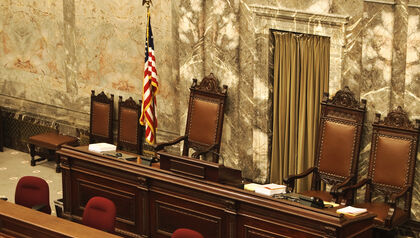Featured Insights
Why Cherry Bekaert
With over 75 years of experience and a team of 2,500+ professionals, Cherry Bekaert combines national firm resources with local partner service. As a trusted advisor, we offer tailored services to meet our clients' unique needs. Our dedication to growth and innovation ensures clients achieve their business goals. Let us help you navigate today's complex business environment and drive your success.

Find Your Space
At Cherry Bekaert, we prioritize helping you define your purpose and create a personalized career journey. Our people are our greatest asset, and we are committed to fostering a genuine, respectful and inclusive culture. Find your space and create your future with us, and experience a work environment that embodies our IMPACT core values.












